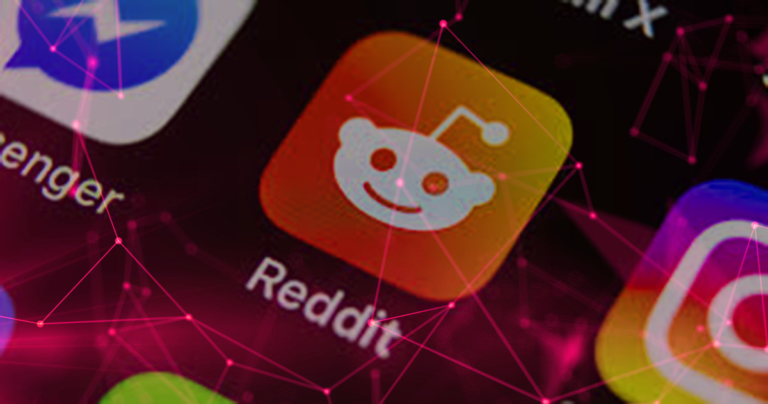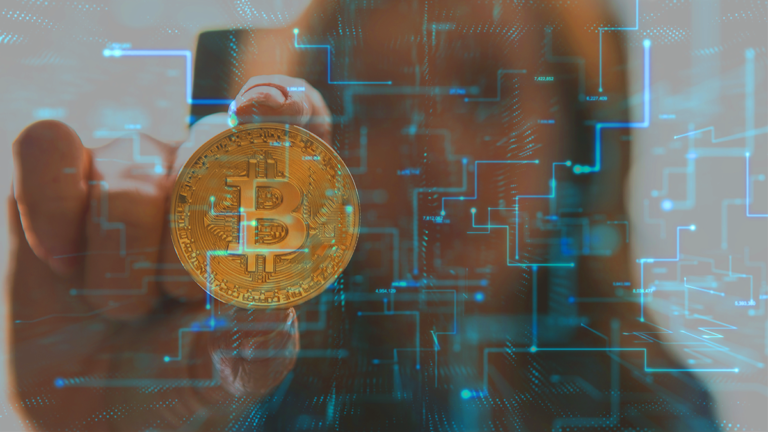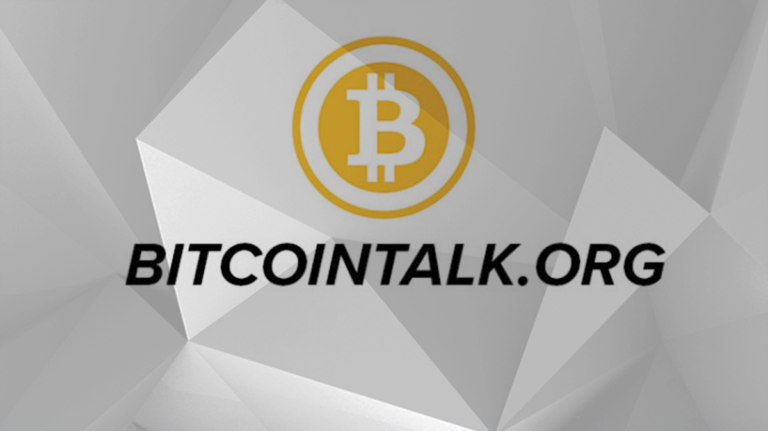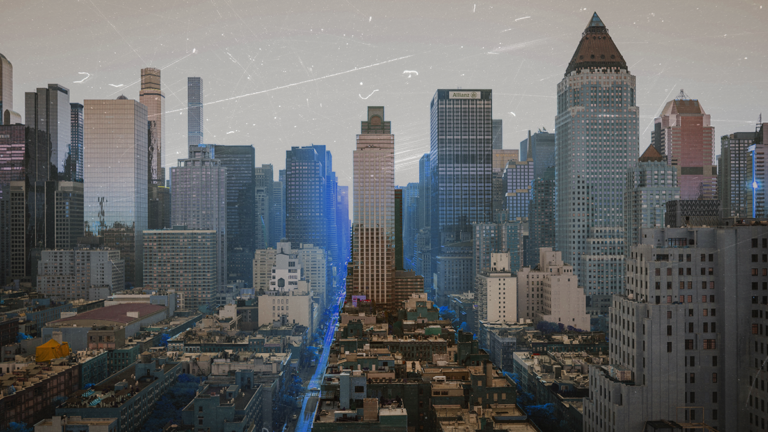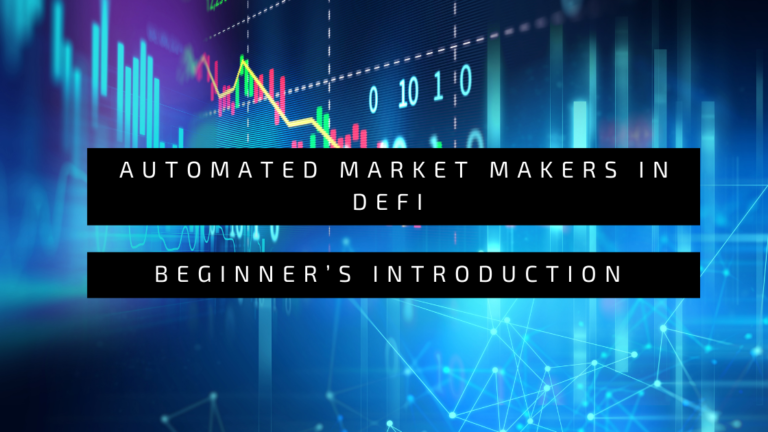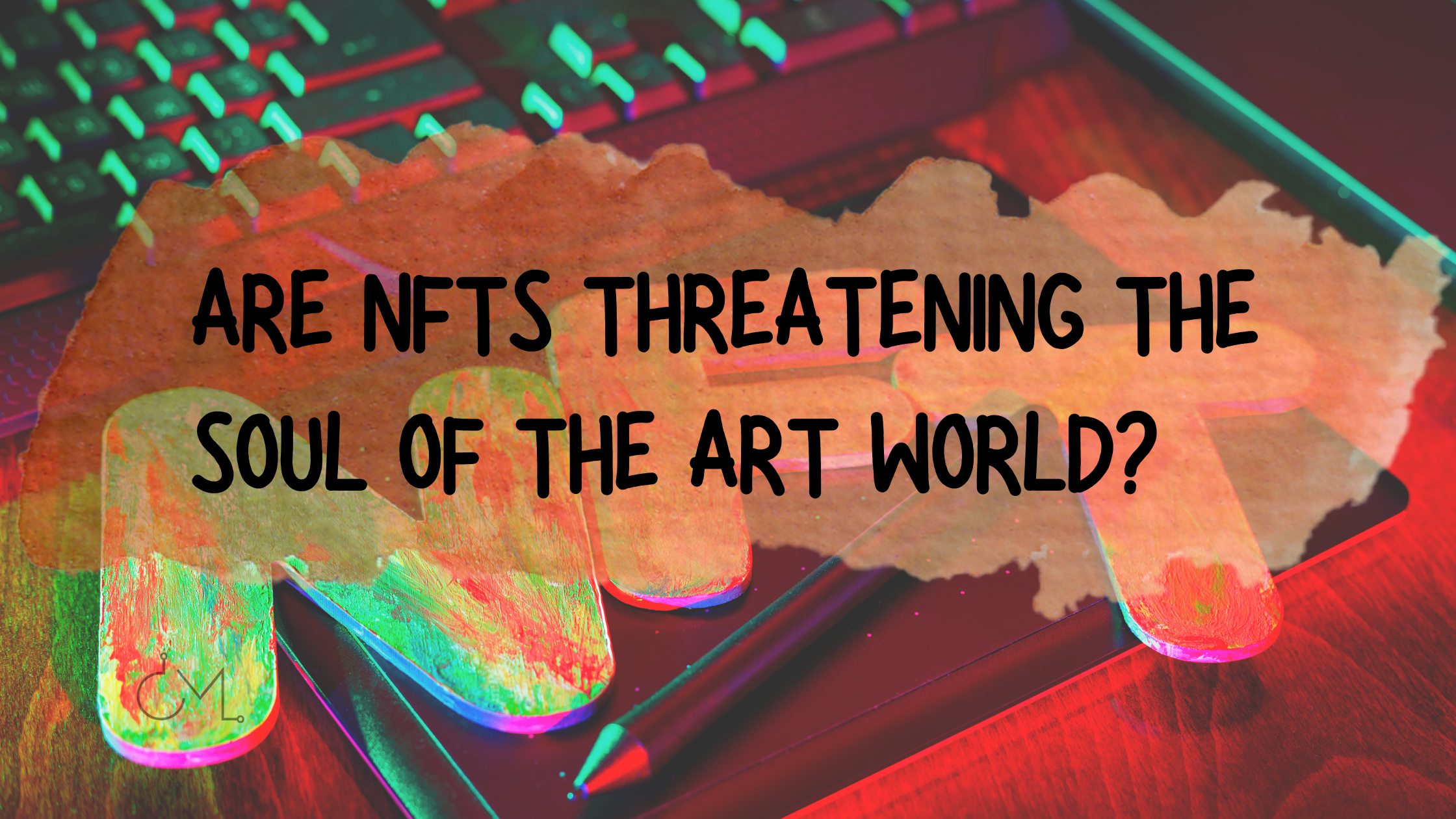
So let’s talk (some more) about NFTs. The brainchild of blockchain technology that we’ve been writing about and providing commentary on for a while. The once unassuming non-fungible token that today is the precocious upstart of cryptocurrency.
Given that you’re here reading this online article written by us, self-professed practitioners of blockchain and crypto marketing, then we must assume that like us, you’ve been following trends in the crypto world. Naturally, you’ll also be inclined to view NFTs as the darling of digital art, whether through their direct expression as purveyors of art collectibles or indirectly as enablers of revenue generation in blockchain gaming.
NFTs will revolutionize and rejuvenate art. Or so we’re told
The arrival of NFTs token didn’t quite have the explosiveness it does right now. ERC-271, the standard for non-fungible tokens first used on Ethereum, was actually introduced in 2017 thanks to CryptoPunks but only gained frenzied art attention in the past year or so.
Accompanying this incredible hype train of NFTs is the purported claim that NFTs are going to revolutionize contemporary art. Empowering the artist with unrivaled visibility, creating a new way to guarantee authenticity and ownership to creators and art buyers, and perhaps more importantly, (as money clearly talks) giving artists all over the world an expanse of access to the seemingly unbridled wealth of the cryptosphere.
Money – in the form of cryptocurrency anyway – is the age-old way to focus our attention. Our heads certainly turned when Christie’s auctioned off Beeple’s glorified jpeg for $69 million. Even the association of fame and wealth works. Take a look at just some of the names of celebrities dipping their toes into NFTs to sell digital art: the likes of Paris Hilton, John Cleese, William Shatner, and Lindsay Lohan.
At least one can’t really argue that Snoop Dogg isn’t the most varied sort of artist in the mix: he’s branched out into so many forms of art it’d be difficult to deny him his time in the NFT sun as a true modern artist. But the majority of those other names in the NFT space aren’t artists beyond their celebrity professions.
This isn’t to say that actual artists (shall we say, to avoid a pointless argument on rhetoric, that these are people who practise understood art forms for a living) haven’t benefited from NFTs. NFT marketplaces like OpenSea, Nifty, and Super Rare have definitely seen an uptake of artists uploading their work and selling them via NFTs, where they work as digital editioning rights.
NFT advocates will point to these successes and say that this is proof that art sellers no longer need to run through hoops of the status quo, bypassing posh cultural gatekeepers who otherwise maintain a circle of the highest elitism, preventing new, daring art, from ever seeing the light of day.
In other words, artists turning to NFTs are showing the middle finger to the art elite, much as the 20th-century surrealists like Dali mocked the Parisian hoi polloi with public displays that didn’t seek their approval.
Except that the majority of struggling artists are still… struggling. For every NFT wonder kid, there are hundreds of NFT artists out of pocket, spending hundreds of dollars to mint tokens (yes, it’s that expensive) and yet to find a single buyer.
Digital culture or digital consumerism?
For those long critical of crypto, NFTs are merely the latest iteration of the ultimate in capitalism. The crypto industry, hardly a decade old, has already seen at least one greed cycle take place. Between 2016 and 2018, initial coin offerings (ICOs) were touted as revolutionary tools to fundraise for startups. Until it turned out that the majority of projects doing ICOs were scams, and the majority of tokens were totally overpriced, fed on by speculative hunger from greedy investors.
To NFT detractors like Waldemar Januszczak, NFT comparisons with ICOs are pretty clear: “Bad art, bad politics, bad environmental impact — things are not looking good for the NFT. It’s clear as crystal the bubble will pop.”
And many more issues plague NFT projects. From NFT games plagiarizing original artwork to anon randos stealing deceased artists’ work and selling them on as NFTs, it would appear there is no shortage of the morally bankrupt in this field. Just as there wasn’t a lack of them in the ICO era.
Innovation isn’t dead, we just have to listen through the noise
But just like not all ICOs were bad, we shouldn’t write off NFTs for the many bad apples. Some ICO projects actually stood the test of time and eventually became strong companies with great products (let’s talk about Nexo, Crypto.com, or even Ethereum).
NFTs still present a good and proven solution to the key issues of the art market. Firstly, it is a secure and highly liquid medium of financial exchange. Secondly, if used properly, NFTs are a verifiable guarantee of authenticity, uniqueness, and scarcity for the objects they represent.
And there are really, really good projects out there that are going beyond the use of NFTs to sell hyped-up art. And some are even working on intense technological development to further innovate on the NFT protocol (which is now 4 years old, by the way) to give it more utility, more meaning, more usefulness in various industries.
The work of NFT projects in blockchain gaming to create roles for players to participate in the revenue model of the gaming industry is hugely innovative, we believe (who’d have ever thought you could earn money from the time you spend playing games?).
The experimentation by DRepublic’s Cradles: Origin of Species of customizable NFTs or mixed fungibility characteristics to allow for complex game environment mechanics and entropy-increasing virtual worlds suggest a hugely exciting future for the metaverse concept where artists can interact and engage in an open universe.
One can’t deny that NFTs are right now caught up in a massive hype cycle. That doesn’t automatically make everyone involved a bad guy. Once the bubble bursts, the true innovators will remain standing. The true revolutionaries will survive, and will thrive.
We’ve seen it happen with crypto. We’ve seen it happen with ICOs. We’ll see it happen with NFTs.
And the art world will be all the better for that, with its soul very much intact.

